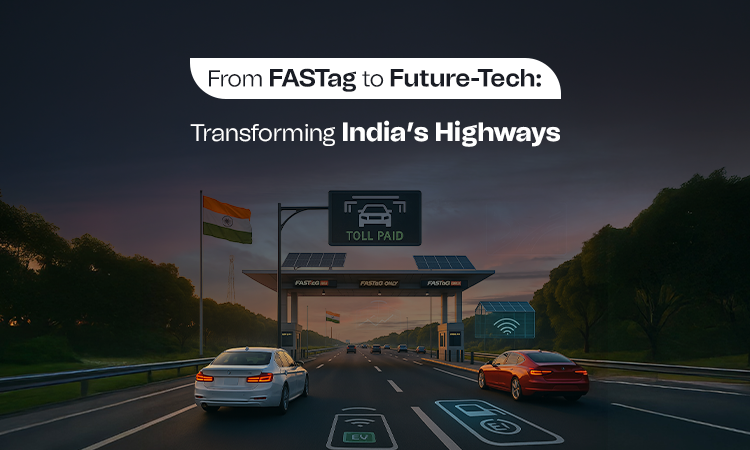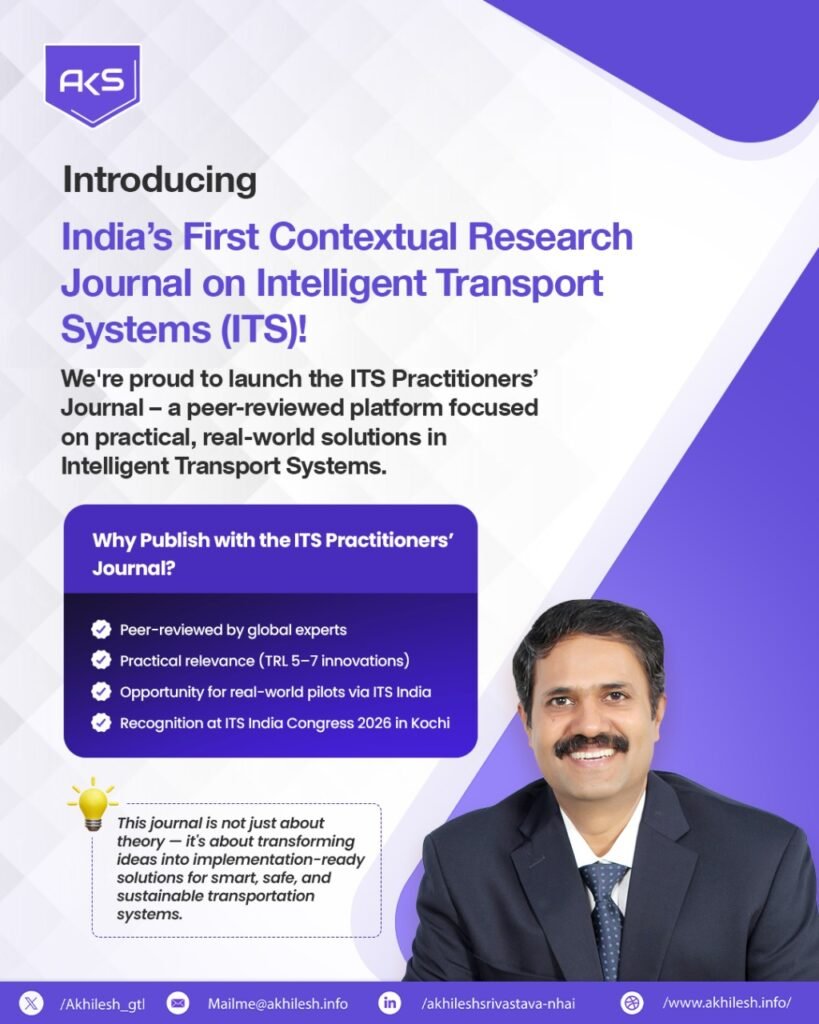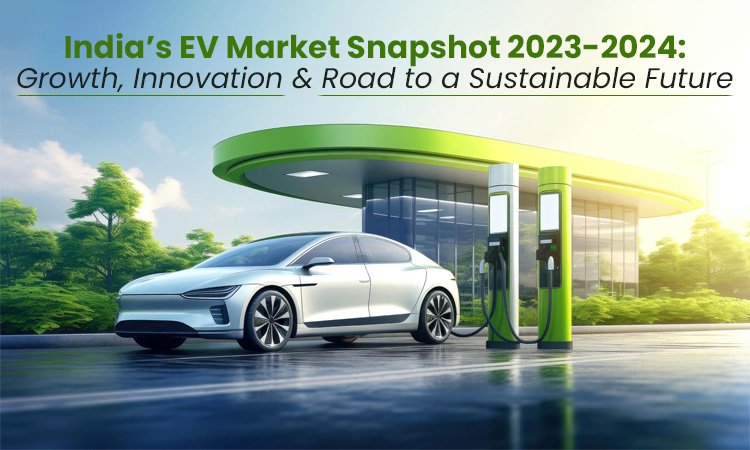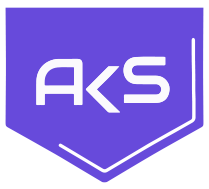From FASTag to Future-Tech: Transforming India’s Highways
From FASTag to Future-Tech: Transforming India’s Highways The FASTag Revolution India’s highway infrastructure has undergone a radical transformation in the last decade, and at the heart of this change lies FASTag—a simple yet revolutionary RFID-based toll collection system. Introduced in 2014 and mandated nationwide by 2021, FASTag has not only digitized toll payments but also laid the foundation for a smarter, seamless, and sustainable mobility ecosystem.Today, with over 90% adoption and 50+ million active users, FASTag has: Reduced toll plaza waiting times from 8 minutes to under 47 seconds. Saved 15% fuel consumption by minimizing idling at toll booths. Cut CO₂ emissions by 20%, contributing to India’s green mobility goals. But this is just the beginning. The next phase of India’s highway evolution is already underway—moving beyond FASTag to barrier-free, AI-driven, and satellite-based tolling. The Next Frontier: India’s Leap into Future-Tech Tolling 1. From RFID to GNSS & ANPR: The End of Toll Plazas? The government is now piloting Global Navigation Satellite System (GNSS) and Automatic Number Plate Recognition (ANPR) technologies to eliminate physical toll booths entirely. GNSS-Based Tolling: Vehicles will be tracked via onboard GPS units, charging tolls based on distance traveled rather than fixed toll points. Enables barrier-free highways, reducing congestion and fuel wastage. Pilot projects are already testing this model on select corridors. ANPR for Seamless Payments: High-speed cameras will scan license plates and deduct tolls automatically. Challenges remain (e.g., non-standardized plates), but AI is improving accuracy. “We must build on FASTag’s success, not replace it. The next phase should integrate GNSS/ANPR while keeping FASTag wallets as the payment backbone.” — Bhargav Yogesh Padh, Head, Fleet Business. 2. AI & IoT: Making Highways Smarter The latest FASTag upgrades now include: AI-powered fraud detection to flag mismatched vehicle classes or tampered tags. Cloud-based toll management for real-time transaction processing and dynamic blacklisting. IoT-enabled plazas with RFID, ANPR, and edge computing for instant decisions. 3. Dynamic Tolling & Congestion Pricing India is exploring: Time-based tolling (higher fees during peak hours). Freight corridor optimization for logistics efficiency. Smart parking integration with FASTag wallets. Shri Nitin Gadkari’s Vision: Highways of Tomorrow Union Minister Shri Nitin Gadkari has set an ambitious roadmap: Vision 2047: Future highways will be green, smart, and integrated with multi-modal logistics hubs. Bharatmala Pariyojana: 34,800 km of new expressways, including electric vehicle (EV)-ready corridors. Nagpur as India’s logistics capital, leveraging MIHAN (Multi-Modal International Hub) for seamless freight movement. “Our goal is to rival U.S. highways in efficiency while leading in sustainability with ethanol, hydrogen, and electric mobility.” — Nitin Gadkari. Challenges & the Road Ahead While the future is promising, key hurdles remain: Interoperability: Ensuring GNSS/ANPR works across states and operators. Data Security: Protecting user privacy in GPS-based tolling. Rural Awareness: Expanding digital toll literacy beyond urban centers. Call to Action: Join the Mobility Revolution The ITS India Forum is driving this transformation through: Policy advocacy for next-gen tolling standards. Pilot projects like Bengaluru’s CV2X ambulance corridors (38% faster emergency response). Global collaborations, including the Road User Charging (RUC) Alliance for congestion pricing. Conclusion: A Highway Renaissance From FASTag’s cashless convenience to AI-driven, barrier-free highways, India’s mobility landscape is evolving at an unprecedented pace. Under Shri Nitin Gadkari’s leadership, we are not just building roads—we are crafting an intelligent, inclusive, and sustainable transport future. “The highways of tomorrow will be invisible—seamless, smart, and sustainable. And India will lead this revolution.” — Akhilesh Srivastava













